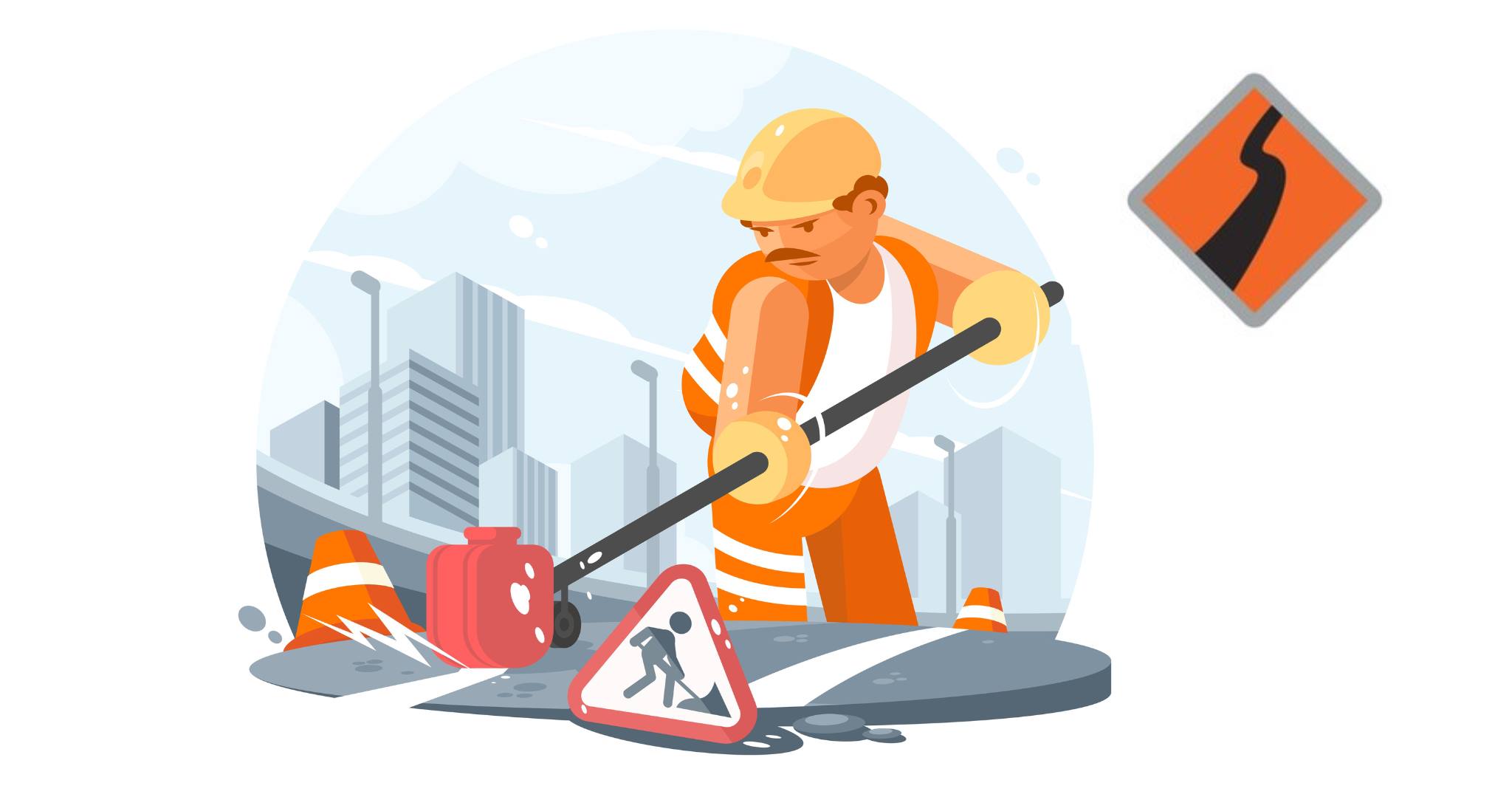7 Crore+ Customers

Affordable Premium

7 Crore+ Customers

Affordable Premium



The Central Government of India implemented the Pradhan Mantri Gram Sadak Yojana (PMGSY) to improve rural connectivity. This scheme came into effect on 25th December 2000. Initially, it was a 100% centrally sponsored scheme that takes money from a High-Speed Diesel cess. However, since 2015-2016 this scheme has been funded partially by Central and State governments in the ratio of 60:40.
Additionally, the funding pattern for North Eastern and Himalayan states is 90:10. To guarantee sustainable management of the rural road network, the Indian government is working to establish high and consistent technical and management standards. This article will look at some details regarding the same.


Rural connectivity has always been a problem in India. There are still many villages and rural habitations that all-weather roads do not connect. Moreover, these roads do not undergo maintenance, nor do they consist of using high-quality building materials.
Therefore, to combat this issue which could potentially lead to poverty alleviation in rural areas, the Indian Government started the PMGSY scheme or the Pradhan Mantri Gram Sadak Yojana.
The primary objective of Pradhan Mantri Sadak Yojana (PMGSY) concerns building robust, all-weather roads in rural habitations and other core areas. Here are a few more objectives of the PMGSY:
Some prominent features of the Pradhan Mantri Gram SadakYojana are -
A region must be a habitation. It cannot be a hamlet or revenue village to be eligible for the Pradhan Mantri Gram Sadak Yojana (PMGSY).
The Central Government describes habitation as a population cluster residing within an area that remains constant over time. Some of the local words used to describe a habitation are:
The hamlet must have a higher population as per the 2001 Census to be eligible for road connection. The eligible habitations have a population of above 500 persons in plain areas and around 250 persons and above in hilly areas.
PMGSY aims to bridge the gap between rural and urban areas, fostering inclusive development. The benefits of the Pradhan Mantri Gram Sadak Yojana (PMGSY) are:
The District Panchayat, in coordination with Panchayati Raj Institutions and elected representatives, identifies habitations for the Pradhan Mantri Gram Sadak Yojana (PMGSY). This selection is prioritised, focusing on habitations with larger populations first. Additionally, the list takes into account the funding available for the state.
The PMGSY faces many challenges and setbacks for various reasons. Here are afew challenges of the PMGSY scheme:
In addition to being essential for rural development in India, where it facilitates access to social and economic services, raises agricultural incomes and creates opportunities for productive employment, rural road connectivity also plays a critical role in ensuring long-term poverty reduction. Here are its phases:
To support the overall socioeconomic development of the areas, PMGSY - Phase I was introduced in December 2000 as a 100% centrally sponsored scheme. Its goal was to provide single all-weather road connectivity to eligible unconnected habitation of designated population size (500+ in plain areas and 250+ in North-East, hill, tribal, and desert areas, and 00-249 population in LWE districts as per Census, 2001).
Additionally, it was intended to upgrade the existing roads in those districts to provide all qualifying habitats with all-weather road connectivity for the designated population size. The Program is not centred on upgrading. Because they handle higher traffic, the Rural Core Network's through routes were to be prioritised during upgrade construction.
To achieve complete farm-to-market connectivity, the project aimed to provide road connection to 1,35,436 habitations and upgrade 3.68 lakh km of existing rural roads (including 40% renewal of rural roads to be paid by the States).
May 2013 saw the approval of PMGSY Phase II. The roads that were already constructed to connect villages were to be renovated as part of PMGSY phase II to improve rural infrastructure. A 50,000 km target under PMGSY-II is set for the 12th Five Year Plan period.
The Centre paid for 75% of the upgrade's cost, with the state covering the remaining 25%. Ninety percent of the costs for hill states, desert regions, Schedule V territories, and districts afflicted by Naxal were covered by the Centre. To finish the remaining road and bridge construction, the Cabinet Committee on Economic Affairs authorised in November 2021 to extend the Pradhan Mantri Gramme Sadak Yojana-I and II through September 2022.
In July 2019, the Cabinet authorised Phase III. To connect communities to higher secondary schools, hospitals, and Gramin Agricultural Markets (Grammes), it entails consolidating through routes and major rural links. It is suggested that the States combine 1,25,000 km of road under the PMGSY-III Scheme.
The program will run from 2019–20 to 2024–2025. All states would receive a 60:40 split of the cash from the federal government, except three Himalayan states (Uttarakhand, Jammu & Kashmir, and Himachal Pradesh) and eight North Eastern states (Jammu & Kashmir), where the split is 90:10.
This scheme was centrally funded only up to 2015-16. Since then, the funds have been divided between the Centre and the State.
|
Area |
Funding |
|
North Eastern and Himalayan States (Jammu & Kashmir, Uttarakhand, and Himachal Pradesh) |
90% of a project the Union Government funds and 10% of this cost, State Government funds. |
|
Other States |
The Union Government funds around 60% of a project while the remaining 40% by State Government funds. |
The PMGSY scheme has proved to be beneficial for the rural upliftment. The scheme was a success and was significant for the rural people. Here are a few important significances of the PMGSY scheme:
Apart from being a significant aspect of rural development, the PMGSY scheme has seen its share of progress over the years:
To sum up, this was all about the Pradhan Mantri Gram Sadak Yojana. Hence, individuals can contact their nearest Panchayati Raj to build roads in their villages. Moreover, the Government’s intervention has facilitated connections of certain least connected villages with towns and cities.
You may also like to read: